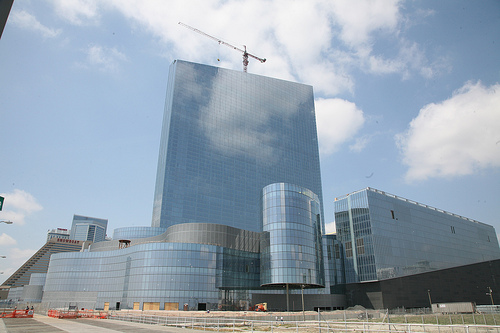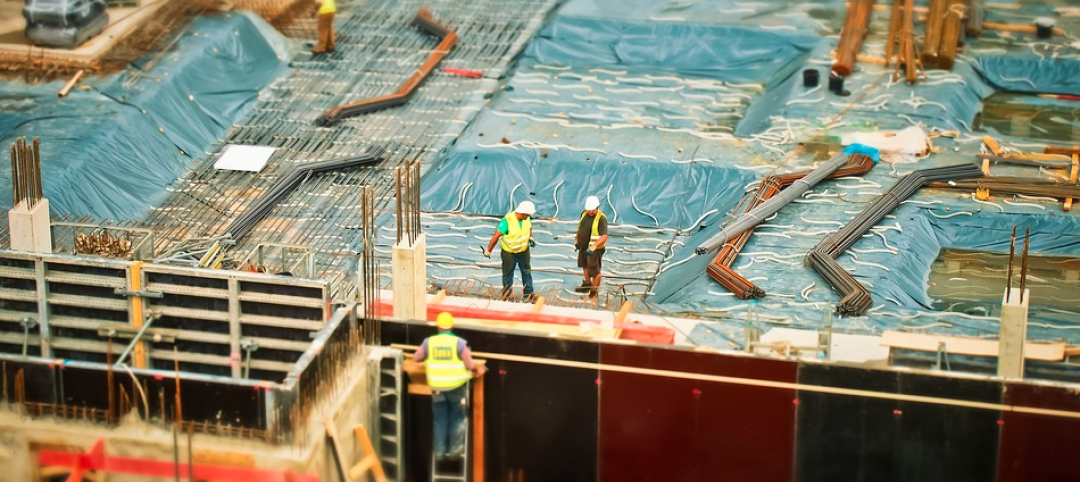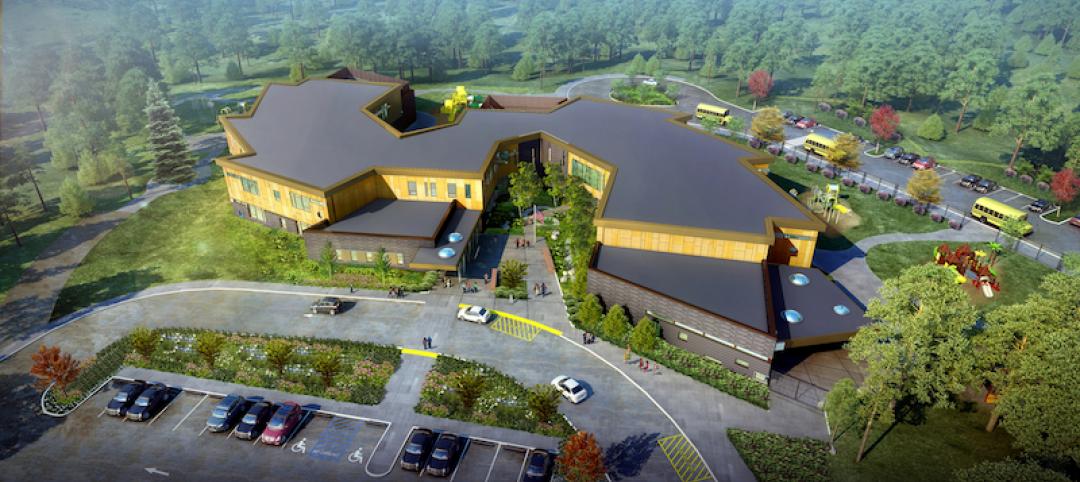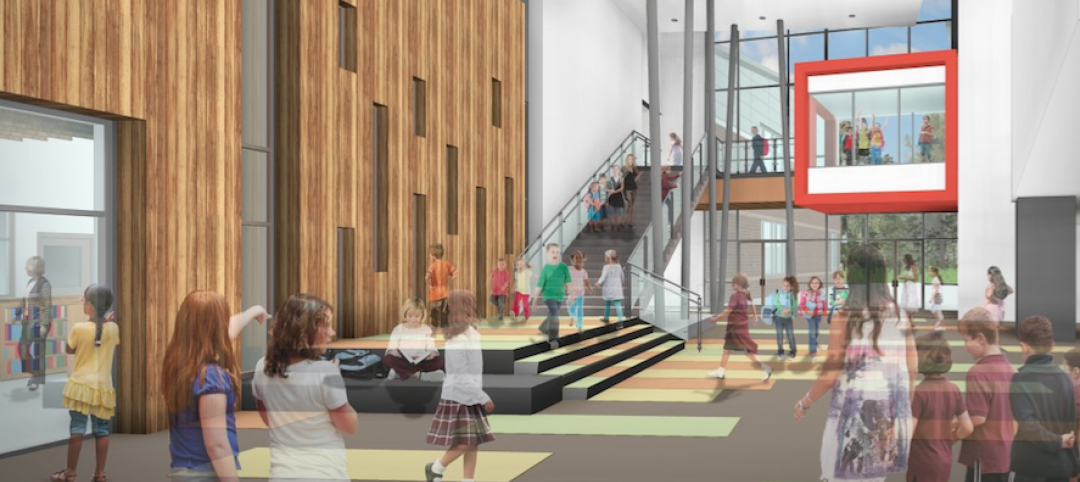Tishman Construction Corp. completed Revel, a $2.4-billion beachfront destination, six weeks early. Tishman was contracted to provide construction management services for this 20-acre, 47-story resort--which features nearly 1,000 feet of beach frontage during 2007--and despite a pause in construction, turned over 6.3 million-sf of space in time for the hotel’s preview on April 2, 2012.
Tishman managed the construction for the project, which includes 1,898 guest rooms with ocean views, a 130,000-sf casino, a large performance space with capacity for more than 5,000 fans, a more intimate performance space for 700 people, retail spaces, restaurants, an expansive spa, indoor and outdoor pools, a four-story nightclub, and meeting space.
Also included is 250,000-sfof back-of-house function space and a 50,000-sf warehouse with full loading dock access, as well as a car parking garage for more than 7,000 vehicles and a central utility plant to service the project.
In total, Revel stands more than 730 feet tall, consists of over 6.3 milliont--sf of space, and is enclosed by 836,762-sf of glass--equivalent to more than 16 football fields.
Furthermore, Tishman installed more than 5 million pounds of sheet metal and over 7,500 plumbing fixtures. +
Related Stories
Healthcare Facilities | Feb 1, 2018
Early supplier engagement provides exceptional project outcomes
Efficient supply chains enable companies to be more competitive in the marketplace.
Industry Research | Jan 30, 2018
AIA’s Kermit Baker: Five signs of an impending upturn in construction spending
Tax reform implications and rebuilding from natural disasters are among the reasons AIA’s Chief Economist is optimistic for 2018 and 2019.
Market Data | Jan 30, 2018
AIA Consensus Forecast: 4.0% growth for nonresidential construction spending in 2018
The commercial office and retail sectors will lead the way in 2018, with a strong bounce back for education and healthcare.
Architects | Jan 29, 2018
14 marketing resolutions AEC firms should make in 2018
As we close out the first month of the New Year, AEC firms have made (and are still making) plans for where and how to spend their marketing time and budgets in 2018.
Education Facilities | Jan 29, 2018
My day as a kindergartner
The idea of a kindergarten-only school presents both challenges and opportunities in regards to the design.
AEC Tech | Jan 29, 2018
thyssenkrupp tests self-driving robot for ‘last mile’ delivery of elevator parts
“With driverless delivery robots, we could fill a gap and get spare parts from our warehouses to the jobsite faster,” said thyssenkrupp SVP Ivo Siebers.
Architects | Jan 26, 2018
Stephen Ayers, FAIA, honored with the 2018 AIA Thomas Jefferson Award
The award honors significant contributions to public architecture.
Architects | Jan 26, 2018
Recipients for the 2018 Collaborative Achievement Award selected
The recipients will be honored at the AIA Conference on Architecture 2018 in New York City.
K-12 Schools | Jan 25, 2018
Cost estimating for K-12 school projects: An invaluable tool for budget management
Clients want to be able to track costs at every stage of a project, and cost estimates (current and life cycle) are valuable planning and design tools, writes LS3P's Ginny Magrath, AIA.
Architects | Jan 25, 2018
Four keys to designing autistic-friendly spaces
Autism, in part, gave us modern architecture, writes PDR’s Julie Troung.
















